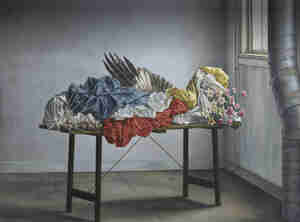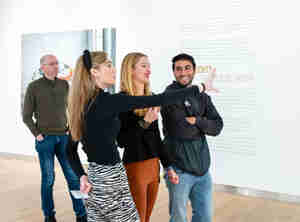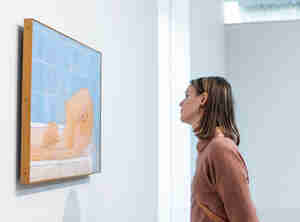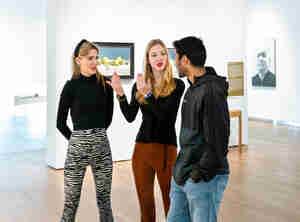- Plan your visit
- See and do
- Collection
- About us

Go back
Miriam Knibbeler
Ortus, 2015
Ortus is the Latin word for birth or origin. With this baby rhino, Miriam Knibbeler (b. 1981) hopes to draw attention to the white rhino, a now almost extinct species. ‘Somehow I hope, against my better judgement, to send something of a “birth energy” for the white rhino out into the world with this
...
sculpture,’ Knibbeler says. She is inspired by the philosopher Hannah Arendt (1906-1975), who drew attention to humankind’s ‘capacity to change’ allowing it to initiate processes.
This baby rhino was acquired for the collection in 2015 and given a place in Museum MORE’s garden. A smaller version, the preliminary study, has been on display in Kasteel Ruurlo since 2017.
The size of Knibbeler’s sculptures does not always accord with reality: they either fit in your hand or are enormous. By enlarging Ortus, she wants to emphasize the animal’s vulnerability. Ortus is also literally at risk as a work of art: to protect the material (polystyrene foam, polyester and epoxy mixed with sand) from the elements, a new layer of polyurethane must be applied every few years.
Born in New Zealand, Knibbeler attended the Minerva Academy in Groningen (2008-2012). Her animals are above all bodies – present and tactile (unfortunately, touching is not allowed).
Text: Evelien Verheij, collection coordinator
Artist
Miriam Knibbeler
Title
Ortus
Year
2015
Technique
Mixed media
Size
110 x 310 cm (h x w)
Type of object
Sculpture
Copyright
© Miriam Knibbeler
This work is protected by copyright. You need permission from the creator or his heir to download, edit, copy or publish it.








